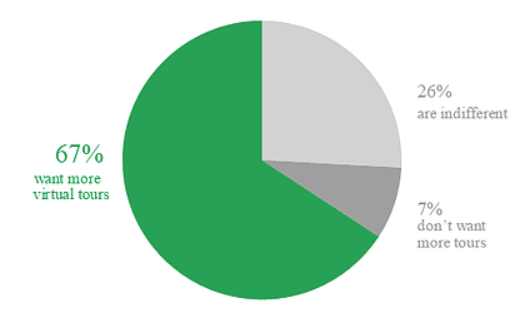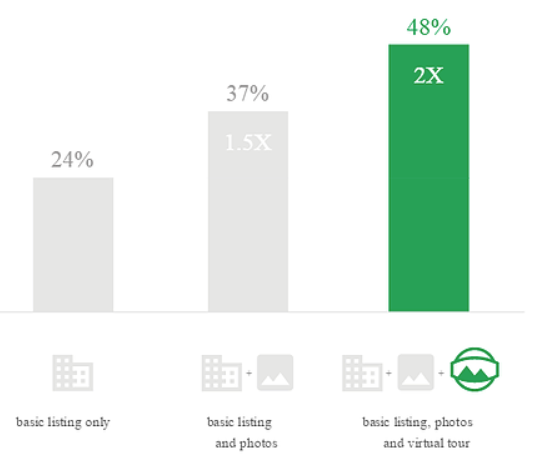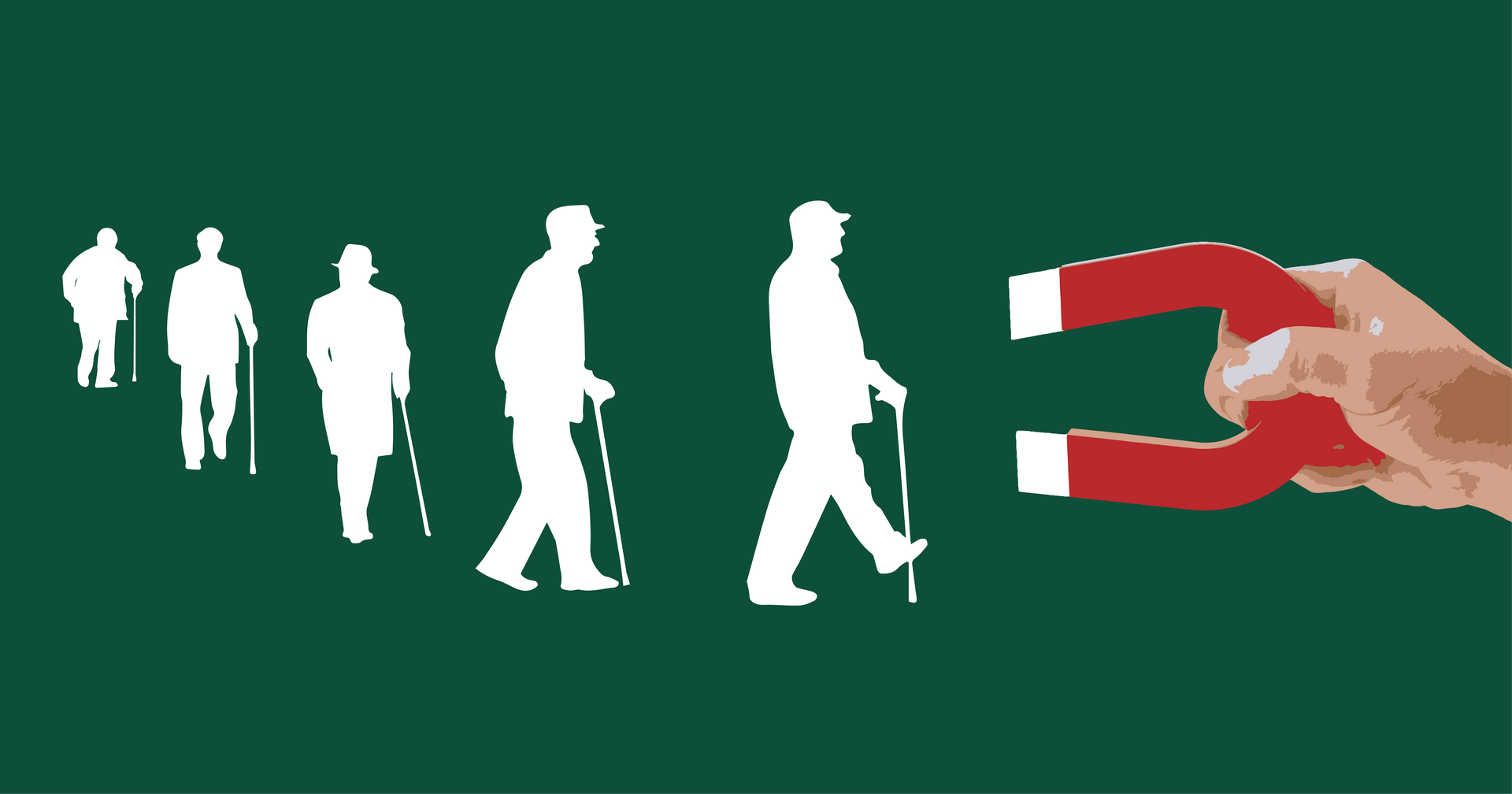The Rise of Virtual Property Tours
Are Virtual Tours Effective?

In the last couple years, the real estate market in the US has undergone a significant change with the rising popularity of virtual property tours. Virtual Reality and 360-degree tours completely transformed the way properties are showcased and experienced by potential buyers and tenants. Would you like to explore how virtual property tours have become a game-changer in real estate landscape? If so, go no further than this article.
In 2015, Google sponsored an independent study to evaluate the effectiveness of virtual tours and according to the survey 67% of people would like more virtual tours. (Reference: https://seekbeak.com/are-virtual-tours-effective-a-round-up-of-360-photo-industry-research/)
If more than half of the market desire virtual tours this means that for any property management company to be even remotely competitive they have to at very least offer some basic level of virtual tours. So for instance, if AR or 360-degree tour is difficult for you to do, at very least you can do a guided Video Tour of the property
To convince you even further, the same study has displayed that among 18-30 year olds prospects are 130% more likely to book based on the virtual tour.

Reference: https://seekbeak.com/are-virtual-tours-effective-a-round-up-of-360-photo-industry-research/
As for general demographic photos and virtual tour generated 2x more bookings than a basic listing alone.
Time and Cost Savings for Buyers and Sellers
Virtual tours not only increase your booking rate but they also allow you to significantly save cost and time. Travelling between properties, scheduling appointments, and coordinating with multiple parties can be time-consuming and logistically challenging. Virtual tours eliminate these by allowing prospects to view multiple properties efficiently and without physical constraints. Similarly, property sellers can showcase their listings to a broader audience without the need for numerous in-person showings, saving time and reducing disruptions to their daily lives.
Especially in the context of social distancing and COVID-19 safety measures, virtual tours have emerged as a crucial tool in the real estate industry. This allows to reduce opportunity cost associated with losing tenants who prioritize social distancing.
By minimizing the need for face-to-face interactions, virtual tours provide a safe and convenient solution for property viewings, prioritizing the health and well-being of both clients and property managers. Prospective tenants can explore properties from the comfort and safety of their own homes, ensuring a contactless experience while still getting a comprehensive view of the spaces they are interested in.
Different Types of Virtual Tours
As you probably already guessed there are different types of virtual tours and depending on your resources and needs you can choose any of the below:
360-Degree Tours: Tours that allow viewers to navigate and explore a location in a panoramic view. It allows capturing images from all angles.- VR Tours: Immersive tours that provide a virtual experience using VR headsets, simulating the feeling of being physically present in a location. The limitation of these ones is that the prospect needs to have VR Glasses which is a very small part of the target market.
- Video Tours: these are probably the easiest ones to make and they are basically pre-recorded guided tours of a property often with narration or on-screen text providing information
- Interactive Floor Plans: tours that enable users to click on different rooms withing property to view photos, videos or additional information.
- Aerial Drone Tours: Tours that utilize drones equipped with cameras to capture aerial views of properties or locations.
- 3D Model Tours: Tours that create a digital representation of a property or location in a three-dimensional format, allowing users to "walk" through the space.
- Live Virtual Tours: Real-time tours conducted by a host or real estate agent, guiding viewers through a property while answering questions and providing insights. These ones are probably harder to do as they require coordination between the agent and the prospects to organize a tour.
- Augmented Reality (AR) Tours: Tours that overlay virtual elements onto the real world, enhancing the viewing experience with additional information or interactive features.
When choosing the best option for which virtual tour selection to go with, it is important to consider the specific goals and requirements. Start by evaluating the target audience and their preferences. For the real estate sector, a compbination of 360-degree tours and VR tours may be ideal to offer for convenience. For less tech savvy, older audience (e.g. if you manage a property for senior citizens) video tours might be a better option as they are easier to understand and use for that target audience. By carefully assessing these factors, you can confidently choose the best virtual tour option to enhance your business's visibility, engagement, and overall success.
Conclusion
The rise of virtual property tours has started a new era of innovation and efficiency in the real estate market. These cutting-edge technologies, such as 360-degree tours, virtual reality experiences, and interactive floor plans, have revolutionized the way properties are showcased and experienced by potential buyers and tenants. Embracing virtual tours not only caters to the preferences of today's tech-savvy audience but also offers a solution for the challenges posed by social distancing and COVID-19 safety measures.
Property managers and sellers who adopt virtual tours gain a competitive advantage by attracting a broader audience, saving time and resources, and providing a safe and immersive viewing experience. As the real estate market continues to evolve, virtual property tours will remain an irreplaceable tool for driving engagement and staying ahead in the overly competitive market.




